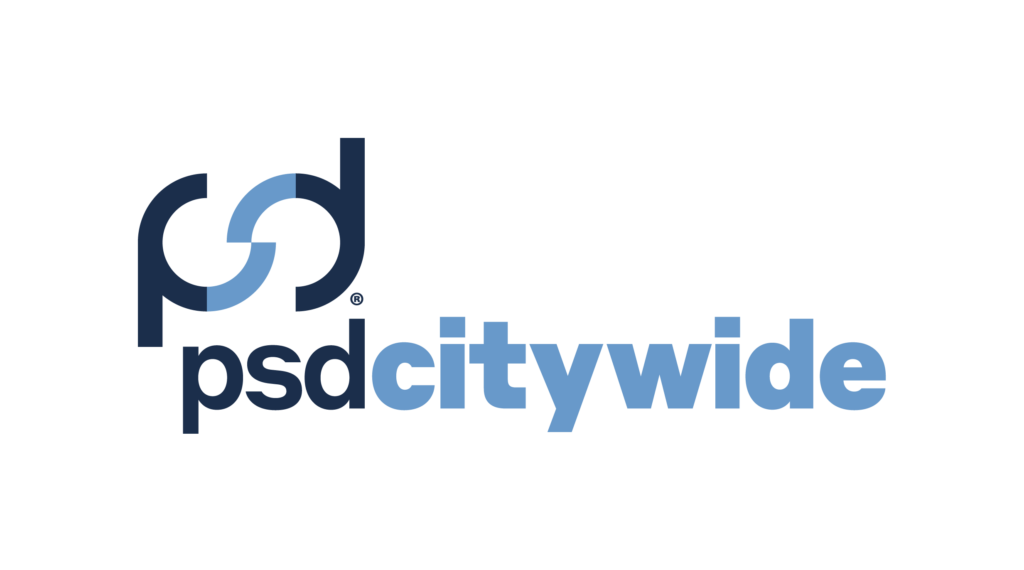Imagine leading a campus tour for prospective students when suddenly, a ceiling tile collapses from a hidden water leak. Not exactly the impression you want to leave. Yet this kind of incident is all too common—and expensive—on campuses with aging infrastructure.
Across North America, colleges and universities face a staggering $61 billion deferred maintenance backlog (Gordian), a number that grows each year. Deferred maintenance puts student safety, energy efficiency, and operational budgets at increasing risk.
What Is Deferred Maintenance—and Why Is It Draining Campus Budgets?
Deferred maintenance is any necessary upkeep, repair, or upgrade that has been postponed due to budget or resource constraints. The longer those tasks are delayed, the more expensive—and risky—they become.
According to the Association of Physical Plant Administrators (APPA), U.S. higher education institutions now face a deferred maintenance backlog exceeding $112 billion, despite spending over $37 billion annually on operations and maintenance and another $28 billion on new construction (APPA). Moody’s Ratings further projects that colleges and universities will need $750–$950 billion over the next decade to modernize and repair existing infrastructure (Bloomberg).
This backlog isn’t just about numbers—it’s about real consequences, growing risks, and the rising cost of inaction.
Real Campus Impacts: Stories of Deferred Maintenance
These aren’t just abstract figures—schools across North America are feeling the very real consequences of maintenance inaction.
At the University of Minnesota, the Electrical Engineering and Computer Science building suffered multiple flooding events over a decade. In one case, delayed leak detection led to over $1 million in damages (Minnesota Daily).
In 2019, a burst pipe at the University of Calgary flooded classrooms, disrupted learning, and caused extensive damage. The incident—linked to aging infrastructure and deferred maintenance—left students soaked and the institution facing costly repairs (Calgary CityNews).
According to the U.S. Environmental Protection Agency, water damage repairs can cost up to 10 times more than regular maintenance and early leak detection (EPA WaterSense Program). The message is clear: acting early isn’t just safer—it’s far more cost-effective.
How Deferred Maintenance Accumulates Over Time
The average university or college campus includes dozens of buildings, miles of underground infrastructure, and thousands of critical systems—all aging in real time. Without a plan in place, maintenance needs grow quietly until they demand emergency attention.
Consequences of prolonged deferral include:
- Safety risks: Compromised fire protection, elevators, HVAC, or structural elements
- Energy inefficiency: Aging systems drive up operational costs and emissions
- Compliance issues: Missed inspections and code violations can lead to legal liability
- Student experience: Poor facility conditions hurt enrollment, retention, and reputation
Why Do Universities Fall Behind on Maintenance?
If maintenance is so critical, why does it get delayed? Here are the most common reasons:
- Budget constraints and competing priorities: Facilities teams are often asked to “do more with less,” leading to reactive rather than proactive repairs.
- Limited asset visibility: Without clear data on asset condition and lifecycle, it’s hard to plan ahead or make a case for funding.
- Reliance on reactive maintenance: Fixing what breaks right now becomes the default strategy—even though it’s more expensive in the long run.
According to a 2023 survey by Gordian, over 60% of higher education institutions report more than half of their facilities are in fair or poor condition, and many admit to not having a formal asset inventory (Gordian).
How to Fix It: A Data-Driven Approach to Asset Management
The most forward-thinking universities are tackling the deferred maintenance challenge head-on by adopting a strategic, data-driven approach. This method shifts focus from quick fixes to long-term planning, reducing costs and improving safety across campuses. Here’s the high-level roadmap:
- Inventory Assets – Identify every building, system, and piece of equipment, noting location, age, and specifications.
- Monitor Condition – Use regular inspections and assessments to track asset health and identify risks early.
- Use Predictive Analytics – Leverage historical and real-time data to forecast potential failures and plan replacements in advance.
- Align with Budgeting – Present evidence-based funding requests that show cost avoidance, lifecycle benefits, and risk reduction.
- Partner with Experts – Work with experienced advisors who understand higher education’s complex infrastructure challenges.
How Asset Management Software Works for Higher Ed
Once the strategy is clear, technology becomes the engine that powers it. Modern asset management platforms, like the Citywide Software Platform, bring the process to life by:
- Centralizing Asset Records – All inventory data in one place, accessible to facilities, finance, and leadership teams.
- Automating Condition Tracking – Digital inspection forms, photo uploads, and condition scoring for faster, more accurate updates.
- Scheduling Preventative and Recurring Maintenance – Set up routine inspections, service tasks, and alerts to keep assets performing at their best and avoid costly breakdowns.
- Running Predictive Models – Tools that flag which assets are at highest risk of failure based on usage, age, and environment.
- Integrating with Budgeting Tools – Direct links between maintenance forecasts and capital planning models to prioritize spending.
- Reporting for Multiple Stakeholders – Custom dashboards for facilities managers, sustainability officers, and finance directors.
By pairing the right strategy with the right software, universities can move from reactive maintenance to proactive asset management—cutting costs, improving safety, and strengthening long-term capital plans.
How to Start Tackling the Backlog
You don’t need to overhaul your entire operation overnight. Here’s how to start improving campus asset management today:
- Create or update your asset inventory: Document buildings, utilities, roads, equipment, and other infrastructure.
- Assess condition and criticality: Focus on high-risk, high-cost assets—especially those affecting safety, compliance, and continuity.
- Digitize maintenance tracking: Even basic tracking reveals patterns that help you plan smarter.
- Build internal alignment: Get facilities, finance, and sustainability teams working together, from the same data.
- Start small—but stay consistent: Build momentum by showing early wins and growing the program over time.
Ready to Get Ahead of Campus Maintenance Challenges?
About the Author
Christie Wiggers
Christie Wiggers is the Director, Implementation Services at PSD Citywide and an experienced leader. She possesses over 17 years of project management, GIS, CMMS, and municipal infrastructure asset management experience. Christie has overseen 65+ EAMS and CMMS implementation projects for PSD Citywide, including complex, multi-year engagements, and is effective at engaging with various levels of municipal stakeholders. Christie is a certified Project Management Professional (PMP) through the Project Management Institute and certified in asset management through the Institute of Asset Management (IAM).



